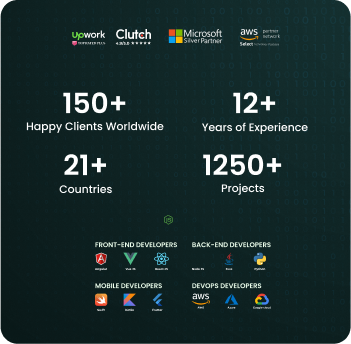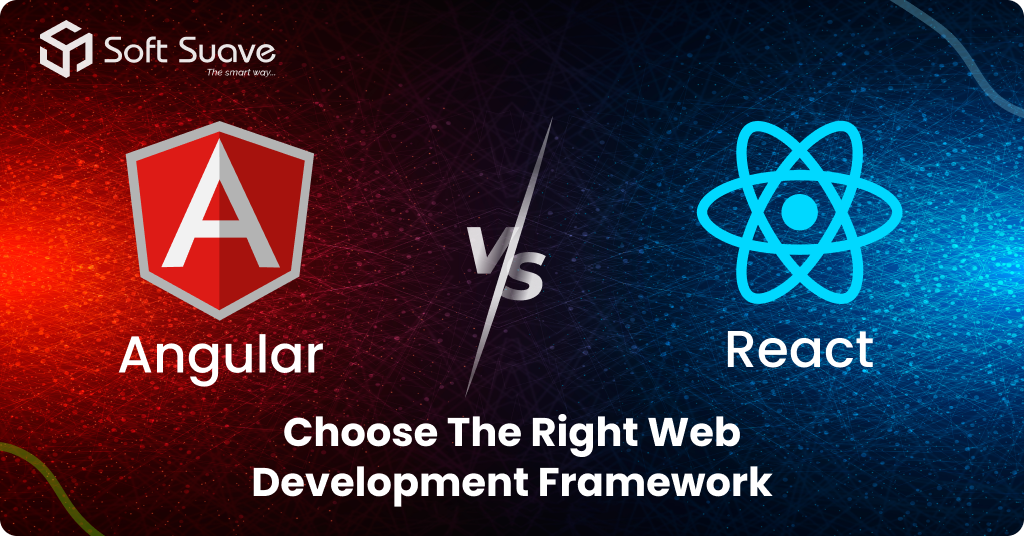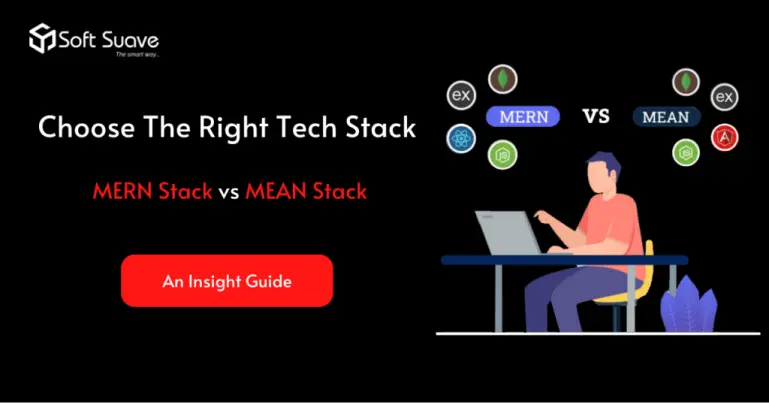Table of Contents
Do you want to learn how to develop a cloud application? In this article, we’ll walk you through the process step-by-step. We’ll start with an overview of cloud applications and why you might want to develop one. Then we’ll move on to the basics of cloud application development and show you how to get started.
Finally, we’ll provide some tips on how to optimize and troubleshoot your cloud applications. Are you ready to learn how to develop a cloud application?
What Is a Cloud Application?
A cloud application is accessed through the internet instead of being installed on a computer’s local hard drive. This means that you can use it from any device that has an internet connection, anywhere in the world.
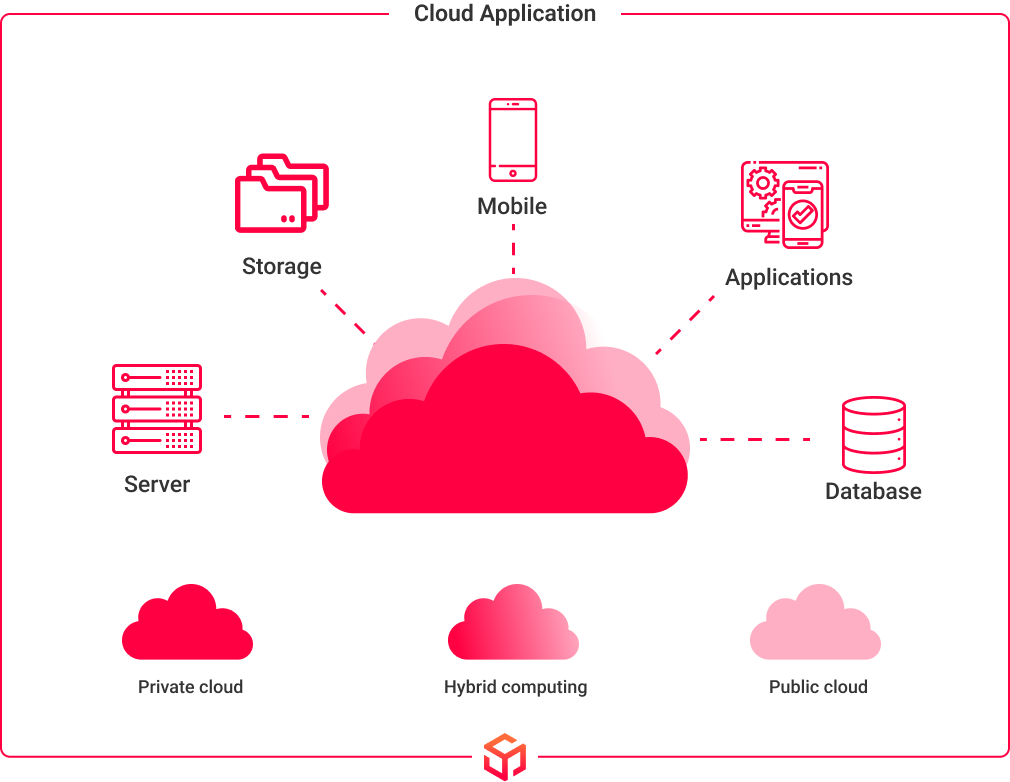
Application development in cloud used for a variety of purposes, such as storing and managing data, communicating with others, or completing business tasks. They often designed for use by multiple people at the same time, making them perfect for collaborative projects.
Benefits of using Cloud-based applications:
It is a powerful tool that can help small and large businesses alike. cloud applications a great way to streamline operations, maximize efficiency, and save money.
Automatic Software Updates:-
You don’t have to worry about software updates. One of the great cloud application benefits it can get updated automatically. So there is no need to worry about keeping your software up-to-date or updating security patches and system upgrades.
And if your company has a large number of employees using different computers. You can rest assured that each computer will always be running the latest version of its operating system.
Saves Costs:-
Cheaper than traditional software. The cost of cloud computing is usually a fixed monthly fee. Which means that you can scale your application as needed without worrying about additional costs. This is especially beneficial if your business has fluctuating needs and requirements. Such as when it comes to seasonal demand or peak activity periods like the holiday season.
When compared with on-premise solutions, Cloud application benefits in saving time and money because they allow businesses to focus on their core competencies rather than managing technology themselves.
No Scheduled Downtime:-
The biggest benefits of cloud-based applications is that there is no need to shut down the system during maintenance. This especially beneficial when you have a large customer base. As you don’t want to inconvenience any customers who may be using your system at that time.
Another Cloud application benefits is that it makes upgrading your system easier and less costly. Than having to hire engineers or even having them come in on their own time. By simply upgrading an existing application in the cloud environment. All new features will work without any issues or downtime someone’s manual upgrade.
Up-to-Date system requirements:-
One of the major cloud application benefits is that you don’t have to worry about system requirements.With a traditional desktop application, if your computer doesn’t have the latest operating system. This will cause problems with running the program. For example, if you’re trying to use an old version of Microsoft Office on an older version of Windows 10. Then there will be issues with compatibility between these two versions. And any other software that might be running alongside them like Adobe Photoshop.
This can lead to crashes or errors when trying to open files from within Office itself as well as other programs such as Word or Excel. However, with cloud-based applications like Google Docs and Dropbox, there aren’t any such restrictions imposed by their respective platforms. Everything works across multiple devices regardless of whether they’re running Windows 10 or Mac OS X!
Flexibility:-
They are flexible and can scale up or down. You have the ability to add or remove users, apps, and even entire servers as needed. This means that you can easily scale up your application. When demand increases and downsize it when the need for extra resources decreases.
Mobility:-
Available on any device, operating system, and browser. This means that you can access your cloud-based software from anywhere in the world. When it comes to mobility, Cloud application benefits have it all:
- You don’t need to worry about keeping up with the latest updates or upgrades because they will be automatically applied when needed.
- No need for any additional hardware since everything runs locally on your computer/smartphone/tablet etc. So there’s no need for extra wiring or installation costs either!
Enhanced Security:-
Security is a major concern for most organizations. Cloud-based applications designs to ensure that your data is protected from prying eyes. Cloud-based applications hosted on a secure infrastructure, backed up and encrypted, and accessible. From anywhere via the internet or mobile devices. For example:
- The application itself is protected by firewalls and anti-virus software
- Users can use two-factor authentication if they choose
- You can choose to have your data stored in the cloud or locally
Scalability:-
They benefits is that they scaled up or down as needed. This means you don’t have to worry about how much capacity you’re going to need in advance. Which a real lifesaver if your business grows rapidly and suddenly needs more resources than expected.
It’s also possible for cloud providers such as Amazon Web Services (AWS) or Microsoft Azure to add or remove servers from within their networks. Increasing or decreasing the number of available machines on hand at any given time based on demand. This flexibility allows companies like yours more flexibility when it comes time for scaling up or down—and this will help keep costs low as well!
A Game Changer:-
It is definitely a game changer. It has changed the way we think about our data, and it continues to do so as more people adopt it. The cloud offers an alternative model for storing, processing, and sharing information more flexible than traditional IT systems. Like Windows or Mac OS X, but with fewer limits on how you use them.
Saves money by reducing capital requirements while improving efficiency and providing greater flexibility in managing resources through elasticity. Scalability feature allows your business to run any number of applications at once without worrying about hardware costs or maintenance issues. All while enjoying quicker response times than ever before!
Benefits a great way to save money, stay ahead of your competitors, and keep up with evolving technology. The cloud allows companies to access their applications from anywhere in the world. Still make sure they always have the latest features. They can also choose between different providers based on their needs, which means that you can always trust them with confidential information.
Looking to Mobile App Development Company? Contact Soft Suave
How to develop a Cloud application?
Now that you understand the benefits of developing a cloud application. Let’s take a look at how to develop a cloud application.
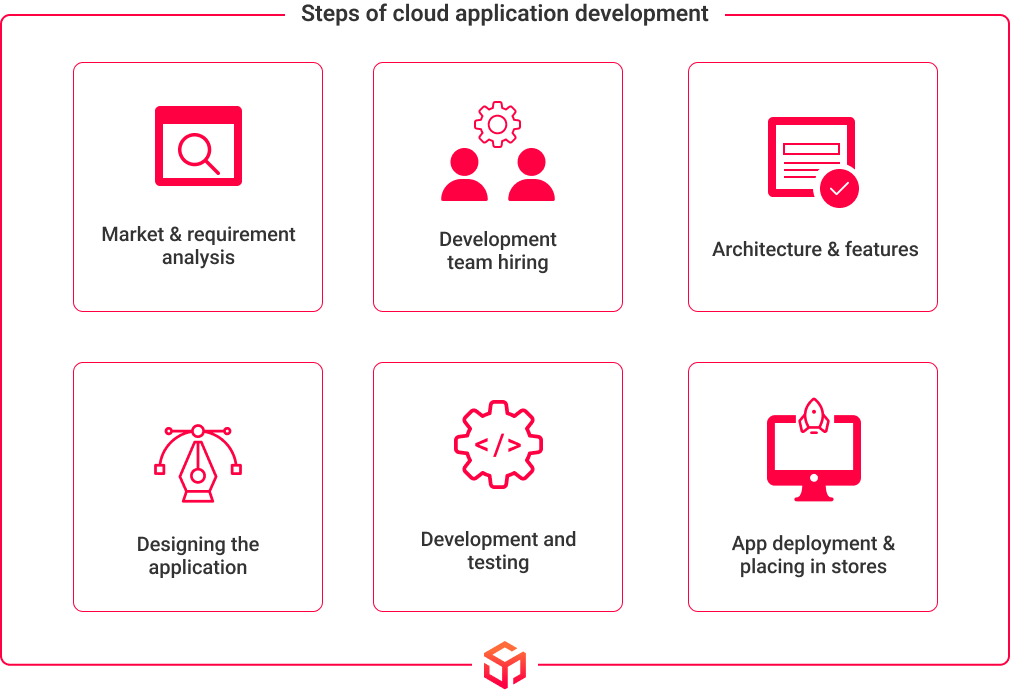
The first step to develop a cloud application is to select the right platform. There many options available, but not all platforms created equal. Make sure to select a platform that is Cloud-friendly and can easily be integrated with the cloud.
Once you have selected the right platform, it’s time to start coding. This a challenging process in developing a cloud application But fortunately, there many resources available to help you out. Also many coding communities where you can find help and advice from other developers.
When you’re finished coding, it’s time to test your app. Make sure to test it on multiple devices and platforms to ensure compatibility. Once you have completed testing, it’s time to deploy your app to the cloud. This process may vary depending on the platform you selected to Develop a cloud application, but most platforms make it easy to deploy your app with just a few clicks.
Looking for Cloud Application development Contact Soft Suave
Challenges to overcome in developing a Cloud application:
This has revolutionized the way we work, but it also presents new challenges. In this article, I’ll provide an overview of some common cloud application development challenges you might face when developing and some ways to overcome them.
Setting up the infrastructure for development and testing:-
Setting up the infrastructure for development and testing is challenging. Lot of moving parts, It is difficult to keep track of. It’s also very easy to make mistakes when you’re new to this process. So you need to make sure that your team is prepared for any issues that might arise during this part of the project life cycle.
In addition to being time-consuming, setting up infrastructure for development and testing can also be expensive in terms of money and effort.
It may not always be possible or practical for your organization or team members’ personal lives will prevent them from spending additional hours working on these tasks. After normal work hours end each day. Especially if they’re trying to avoid distractions while doing so!
Permission Management:-
Many reasons why you should manage permissions. It’s easy to forget about it, but the consequences of not doing severe. One such example of cloud application development challenges is when your application needs to access some data from another one in order to function properly. If a user doesn’t have access rights for that other application. Then their data won’t get processed by yours. The good news is that this problem has been solved long ago by modern programming languages like JavaScript.
Here’s how they work: Instead of having explicit rules about who can do what with objects which would be too cumbersome they rely on inheritance instead. So if an object inherits from another one containing certain operations/functions or whatever other characteristics we want our objects to possess. Then all its descendants must also possess these properties too!
Integration with other applications:-
- Integration with other applications is a cloud application development challenge.
- How to overcome the challenge?
- Use cloud-native architecture and APIs, so that you don’t have to worry about integrating your app with any other system.
Handling huge data processing:-
The reason is that you need to ensure that your application is capable of handling large volumes of data at any given time. Store all this information securely so that it doesn’t get lost or corrupted. You also need to make sure that your application’s performance remains optimal even w many users accessing it simultaneously.
These problems will solved by using an appropriate database engine such as Cassandra, HBase, or MySQL Enterprise Edition (MyEE). These engines have been built specifically for handling large volumes of data because they provide comprehensive features for managing them such as indexing and compression which help reduce storage requirements significantly compared with traditional non-indexed databases such as Oracle 11g R2 Database Server or Microsoft SQL Server 2008 R2 Database Engine
Deployment is complex and time-consuming:-
Deployment is a complex process that takes time and involves multiple people. It’s often done manually, but automated with tools. The deployment process includes setting up your environment, installing the dependencies for your application, configuring it to run on its own servers, and testing it for compatibility before deploying it live and all of this requires coordination between developers and operations staff who need to make sure everything goes smoothly during deployment.
Libraries & Frameworks – Versioning and Updating:-
You will need to keep track of the versions of your libraries and frameworks. This is one of the cloud application development challenges, especially if you have a lot of dependencies.
For example, if you are using Java 8 in your application then there might be some issues with older versions of the libraries or frameworks like Spring Boot 2 which is compatible only with Java 7 and above versions. Also, remember that each time when we update our codebase we also need to update all our dependencies as well! So this becomes extremely important, especially when working on multiple projects at once without taking care of these details beforehand would lead us into trouble later down the road.
Managing Production Secrets & Credentials:-
While the actual secret and credential data are stored in code, it is important to understand that these values are not actually stored in your application. The way you store secrets and credentials depends on what kind of security model you have implemented for your Cloud environment.
The following options are available:
- Secrets stored as plain text strings or encrypted with a key using the [outputEncryptionKey] attribute of the [secrets] element in configuration files.
- This allows users to read them even if they do not have access rights on their own account; however, this method has its limitations: A hacker could easily obtain access if they manage to find out which encryption keys were used when generating those values
- Moreover, since many companies tend to use different versions when creating new versions of applications, there may be some confusion about whether these values were generated correctly!
Security Concerns:-
Security concerns are one of the biggest cloud application development challenges. Security concerns include data security, data integrity, data privacy, and data compliance.
Data security is a major concern for cloud applications because they store sensitive information on servers that accessed by anyone with access to these systems. This makes it difficult to ensure that your users’ personal information remains secure if you use a third-party service provider such as Amazon Web Services (AWS).
Maintaining Data Resiliency and Reliability:-
Data resiliency and reliability are a challenge for any application that uses cloud-based storage. It’s important to realize that if your data is not stored in a cloud, there are extra costs associated with making sure it is available when needed.
For example, if you want to store data on an internal hard drive with RAID or another redundant array of independent disks (RAID) level 0 configuration, then you will have to pay for two hard drives in addition to the cost of setting up your software RAID controller on each server machine where this type of storage could be used.
Whether you choose Amazon Drive as the platform for storing your files instead of storing them locally on an internal hard drive or other external locations such as an FTP server or website hoster’s server farm somewhere else outside of Amazon AWS’ own data centers then only one drive must be purchased instead of two since all data will still go through centralized servers located inside one single physical location between both parties involved.
Plan how to develop a cloud application:-
If you’re looking to develop a cloud application, planning is key. Make sure that you have the right resources and tools at your disposal to avoid cloud application development challenges. You’ll also want to make sure that your team has experience with similar projects before diving into this one.
Plan Your Resources:-
Once you’ve decided on what kind of project it is and how much time/money it will take, start looking for people who can help meet those goals. You might need more than one person if there are multiple departments involved or if there are certain tasks like coding or design that require specialized skillsets outside of what anyone on staff has access to.
Looking for a Dedicated Development Team Contact Soft Suave
How much it does cost to develop a Cloud application?
The Cost for cloud app development varies based on a number of factors. Including the size and complexity of the project. It’s important to note that there are additional costs associated with developing a cloud application, such as hosting fees and other cost for cloud app development associated with maintaining the application in the cloud.
Additionally, you should factor in any additional development time needed to make sure your cloud app is secure and scalable. Working with a reputable mobile and web app development team will help ensure that all of these costs are taken into account when creating your budget.
Conclusion:
When you’re ready to develop your cloud application, you need to weigh your options and determine the best platform for your needs. You also need to consider the benefits of a cloud-based application and how it is benefit your business. Also, it is important to get the best cloud application development service from reliable companies like Soft Suave. They have experienced cloud app development experts who know how to develop a cloud application in the most advanced form. Cloud is one of the flexible technology for everyone and plays the biggest role in the digital world. I hope you learned and explored a worthy technology. If you want to know more about it, you can get support from our expert team.
Looking for a reliable cloud application development company?
Drop us a line to build a technical solution that supports your business needs.
Frequently Asked Questions
Cloud applications can be deployed quickly, require less hardware and development time, are easy to scale, and are highly secure.
Yes, depending on the vendor you choose, there will be associated costs for using their platform. However, the costs are usually much lower than if you used traditional server infrastructure.
Not necessarily! With the right tools and resources available to you, developing a cloud application can be straightforward.

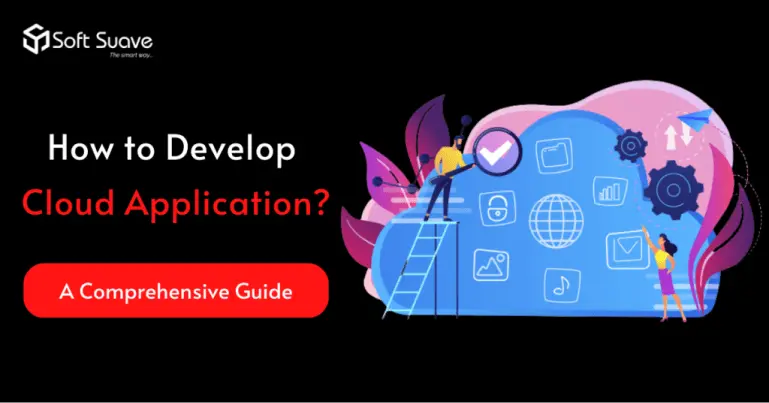





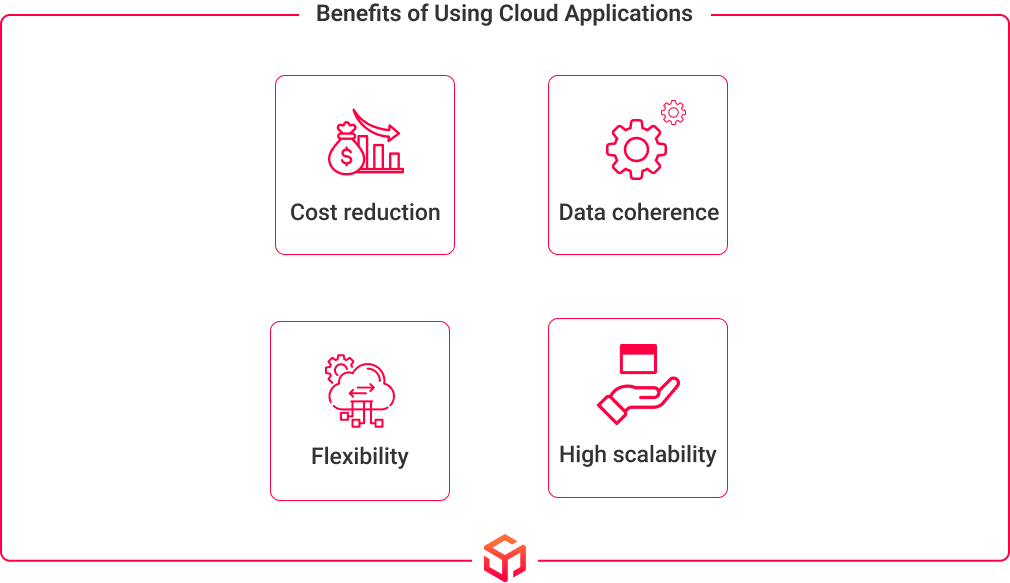
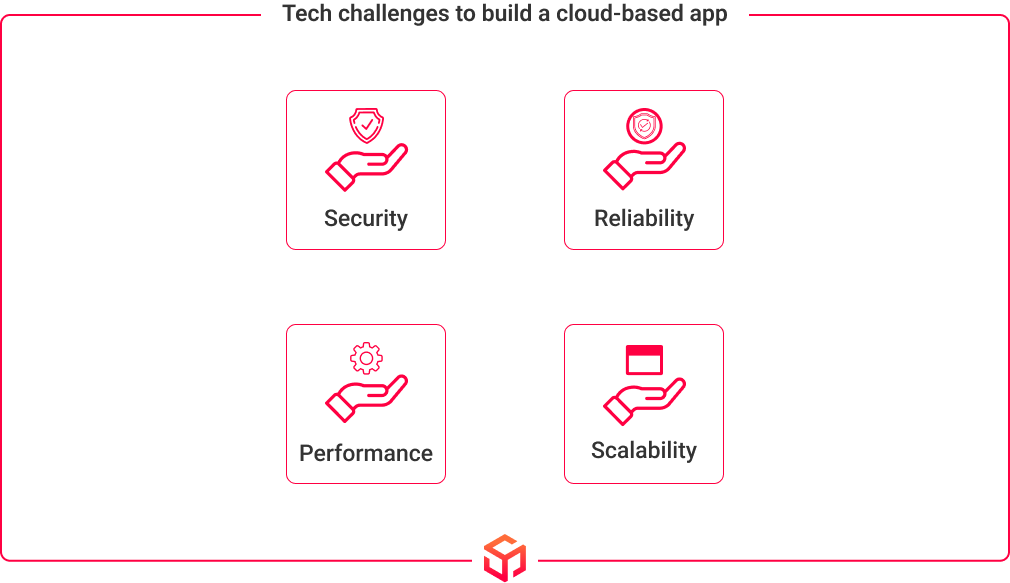
 8 Years of experience
8 Years of experience
